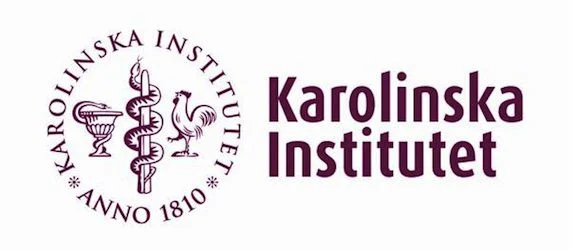Acute myocardial infarction or other serious acute coronary disease can now be excluded faster when diagnosing emergency department patients suffering from chest pains. This new method, researched at Sweden’s Karolinska Institutet and presented in a new doctoral thesis, appears to successfully reduce by 10 to 20% the number of cardiac patients needing to be kept in the hospital under observation.
Chest pains account for roughly 20% of all patients seeking emergency medical care in Sweden’s hospitals, and swiftly ruling out myocardial infarction or other serious coronary problems is a challenge for the doctors. Though the percentage of these patients actually having a hear attack is low at 8 to 10 percent, almost half of them have to be kept in for observation, causing an unnecessary burden on hospital resources when the chest pain reason is perfectly benign.
Dr Dina Melki of Karolinska University Hospital’s cardiology clinic in Stockholm has examined a new method of quickly excluding a myocardial infarction or other serious coronary disease and presented it in her doctoral thesis.
By combining the results of new sensitive assays for blood levels of troponin T (a substance released from the heart during a heart attack) with a risk-score system that takes into account the patient’s medical history, age and ECG, researching doctors have achieved to assertively rule out serious acute coronary disease in 60% percent of the patients within their first two hours of arrival at hospital.
Dr. Melki is confident her innovative method improves current processes, lowers risks and saves hospital resources with 10 to 20 percent of chest pain sufferers able to go home instead of needing to be kept under observation.
The thesis was financed with a grant from the Heart-Lung foundation and project funds made available through an agreement between Karolinska Institutet and Stockholm County Council (ALF funding). It comprises four studies based on data from almost 48,000 patients with its risk-score system based on a point system developed by a Dutch research team.
This winter, Stockholm’s and Uppsala’s Accident and Emergency clinics will be embarking on a project to adopt the method in their daily clinical routines.
The thesis can be found on the Karolinska Institutet website.
Source: AlphaGalileo
4 November 2013
Latest Articles
heart attack
Acute myocardial infarction or other serious acute coronary disease can now be excluded faster when diagnosing emergency department patients suffering from...










